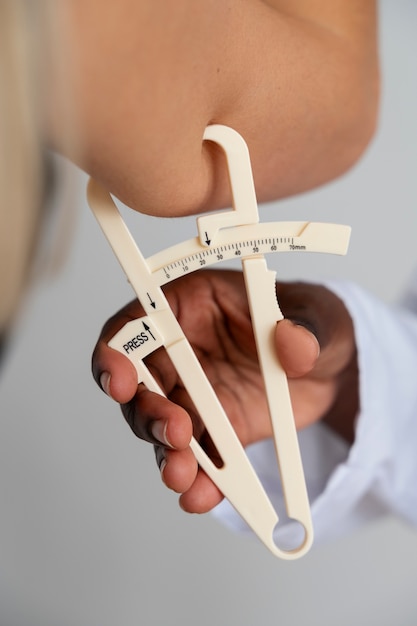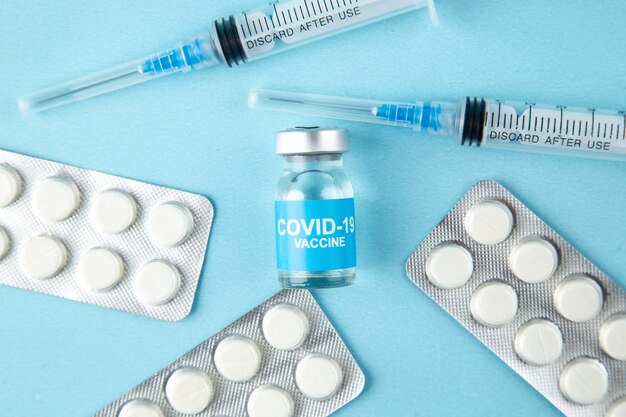
Keeping food safe and preventing foodborne illnesses means sticking to high standards of cleanliness and proper food handling. Even if you’ve taken Food Hygiene and Safety Training, it’s easy to forget the basics during your daily cooking. Whether you’re managing a restaurant kitchen or cooking at home, avoiding these common slip-ups will create a safer and healthier environment.
1. Not Washing Hands Correctly
Washing hands thoroughly is an easy yet overlooked way to ensure food safety. A quick rinse isn’t enough; you need to scrub with soap for at least 20 seconds, especially before cooking and after handling raw meat, poultry, or seafood. Skipping this can spread bacteria like Salmonella and E. coli.
To avoid this, always wash your hands well with soap and dry them using a clean towel or air dryer.
2. Cross Contamination Between Raw and Cooked Food
Cross contamination happens when bacteria from raw foods get onto cooked or ready-to-eat items, often because the same tools or surfaces are used without proper cleaning.
To avoid this, use separate cutting boards for raw meat and other items and clean everything thoroughly after use.
3. Ignoring Expiry Dates
Overlooking expiry dates can lead to consuming unsafe food. These dates tell you when food might no longer be safe to eat.
To avoid this, check expiry dates and organize your fridge and pantry so older items are used first.
4. Storing Food at the Wrong Temperature
Not keeping food at the right temperature can let bacteria grow. Keep your fridge below 5°C to avoid this.
To avoid this, set your fridge correctly and refrigerate leftovers within two hours of cooking.
5. Thawing Food at Room Temperature
Leaving food to thaw outside can cause bacteria to multiply, as the outer layer warms up while the center stays frozen.
To avoid this, thaw food in the fridge, cold water, or microwave, and avoid leaving perishable items out for over two hours.
6. Overlooking Personal Hygiene
Good food handling isn’t just about the food—your hygiene is just as crucial. Handling food while sick, wearing dirty clothes, or leaving long hair loose can introduce contaminants.
To avoid this, always wear clean clothes, tie back hair, and don’t cook if you’re unwell.
7. Cooking at Wrong Temperatures
Cooking food at the right temperature eliminates harmful bacteria. Undercooked meals can lead to foodborne illnesses.
To avoid this, use a food thermometer to ensure food reaches the right temperature, especially the thickest parts of meat.
8. Reusing Dirty Utensils
Using the same utensils for raw and cooked food can cause cross contamination.
To avoid this, use different utensils for raw and prepared food and clean tools and surfaces immediately after use.
9. Not Properly Washing Fruits and Vegetables
Even if they look clean, fruits and vegetables can carry bacteria or pesticides. Skipping a thorough wash can increase health risks.
To avoid this, wash produce under running water and use a clean brush for firm items like cucumbers.
10. Neglecting Regular Kitchen Cleaning
Worktops and cutting boards can hold bacteria from raw foods. Failing to clean these can contaminate new foods prepared on them.
To avoid this, clean and disinfect all surfaces after preparing food, especially raw meat.
In conclusion, food safety isn’t just about preventing illnesses; it’s about protecting your health and others’. By staying aware of these common mistakes and avoiding them, you make sure your food is both safe and nutritious. Keep these ten points in mind, and you’ll be on your way to mastering safe cooking techniques!









